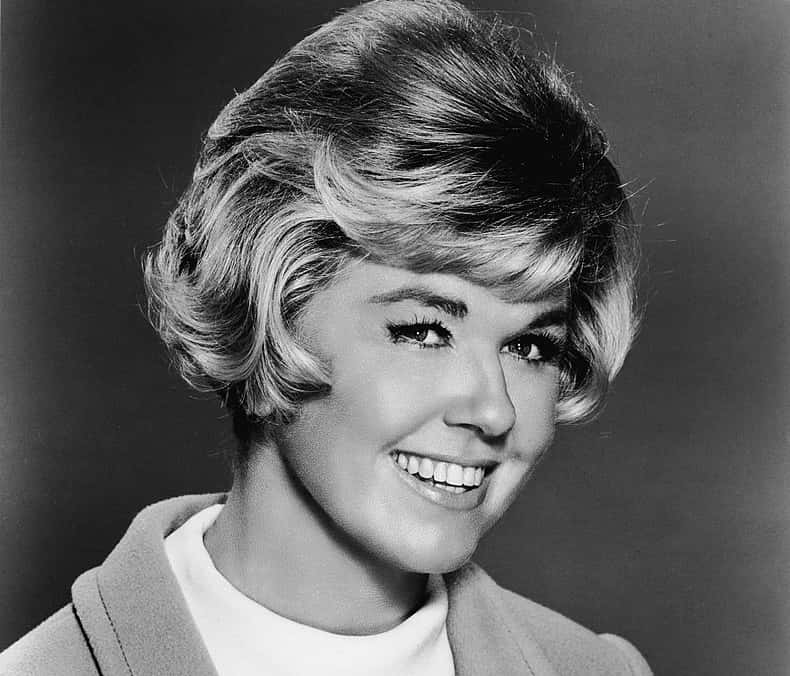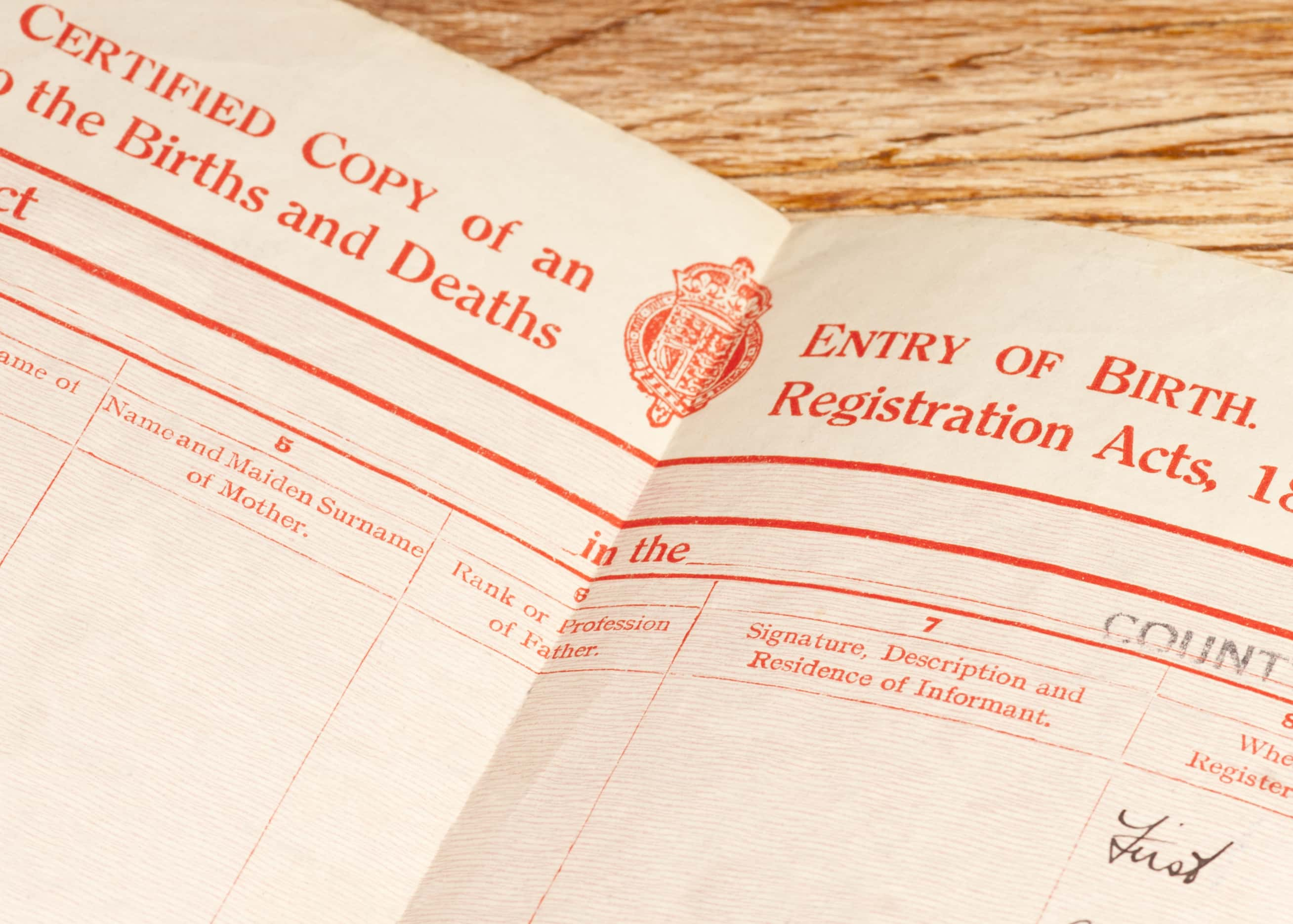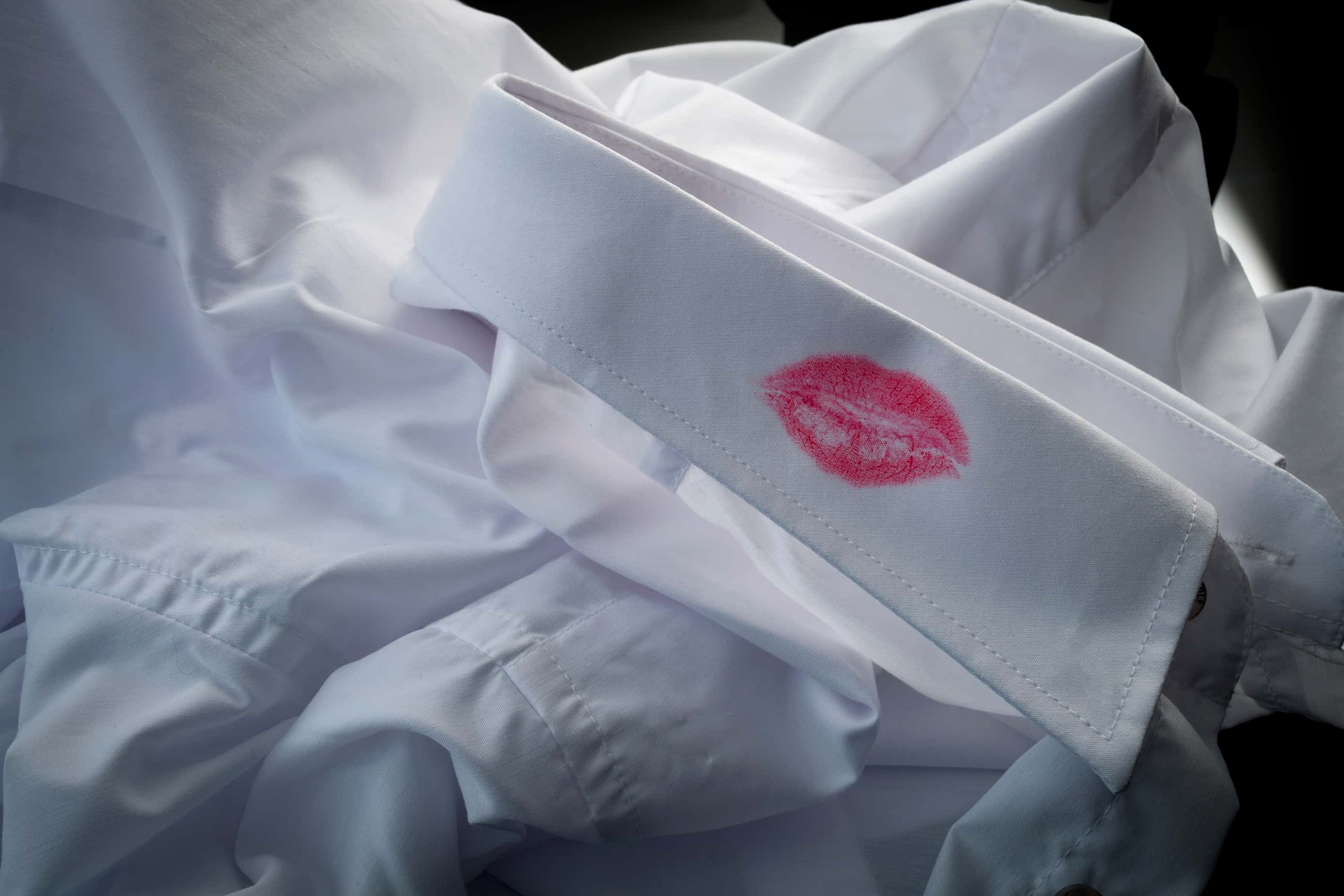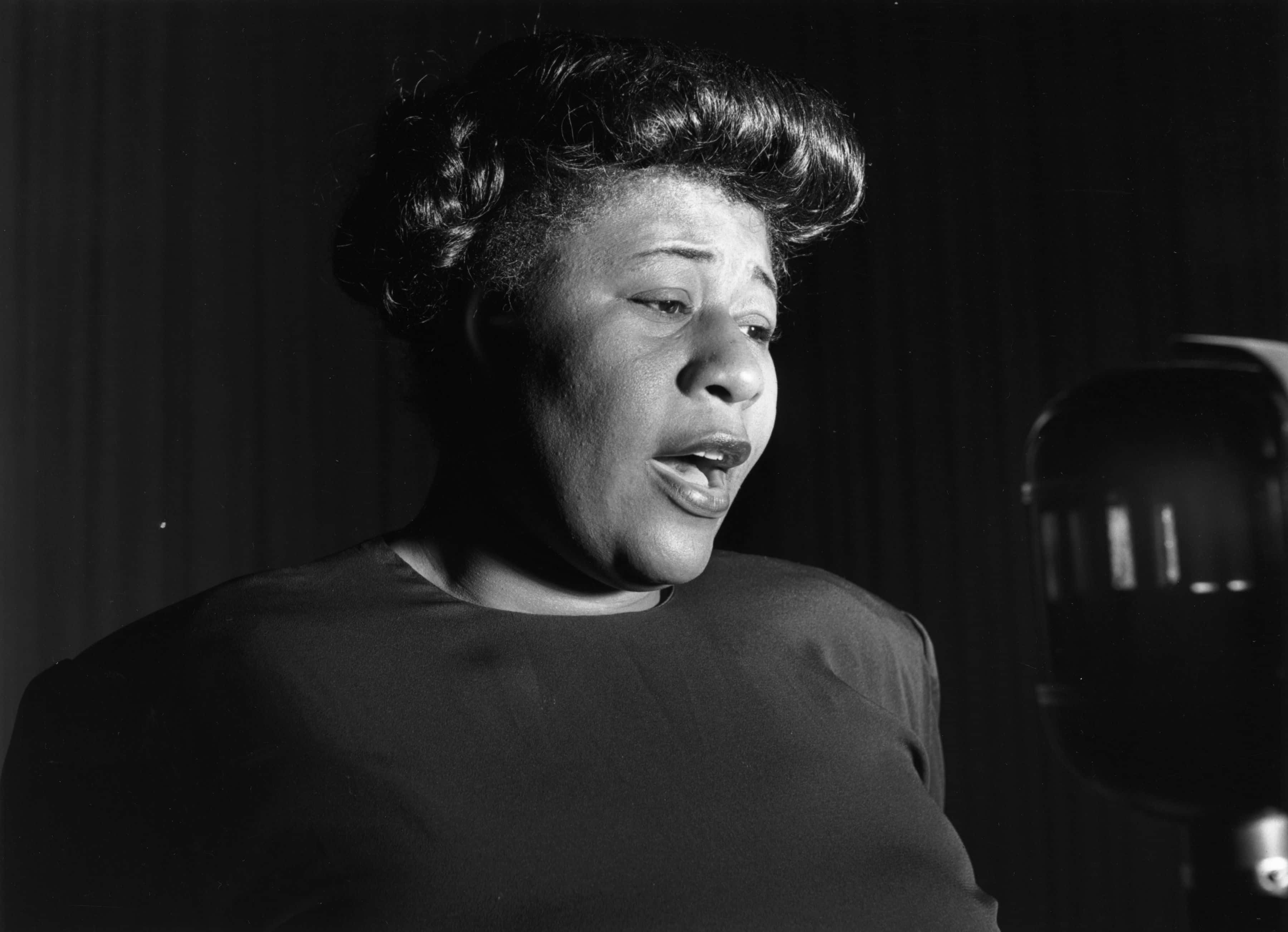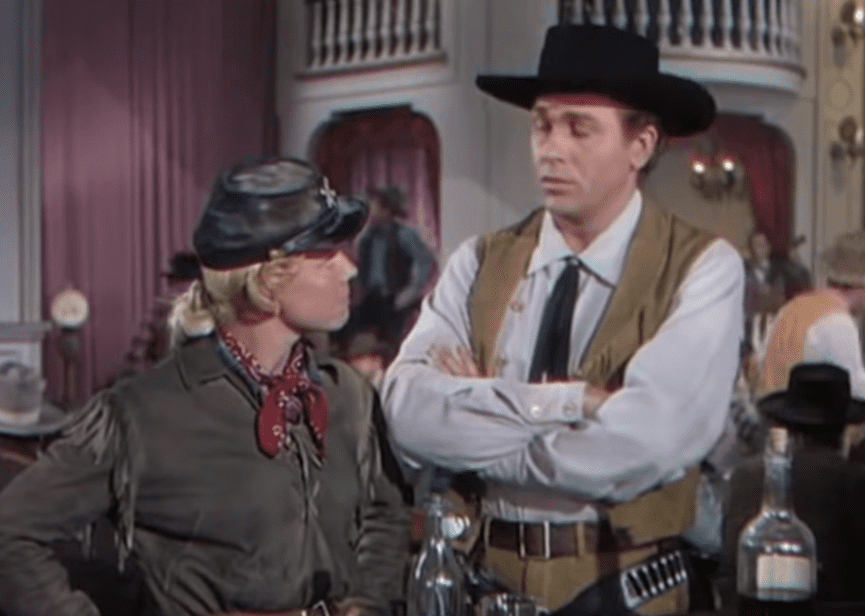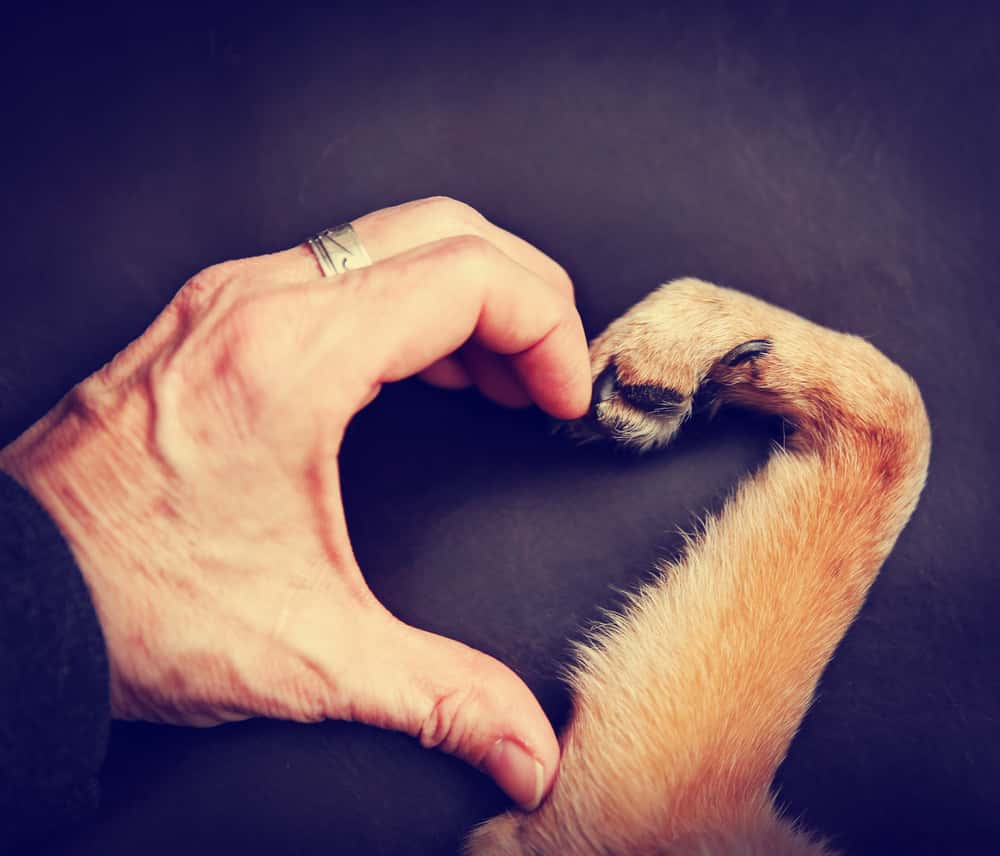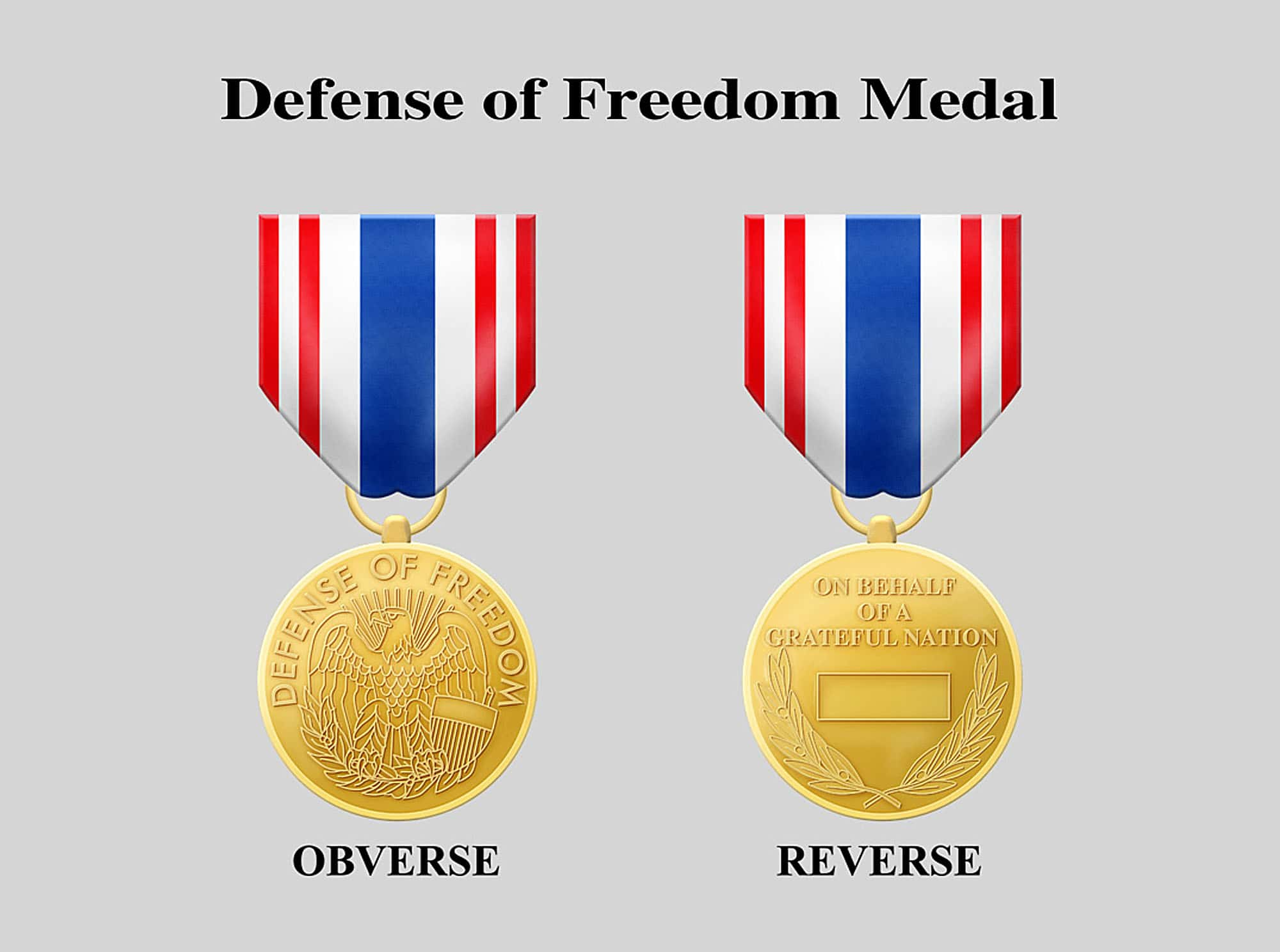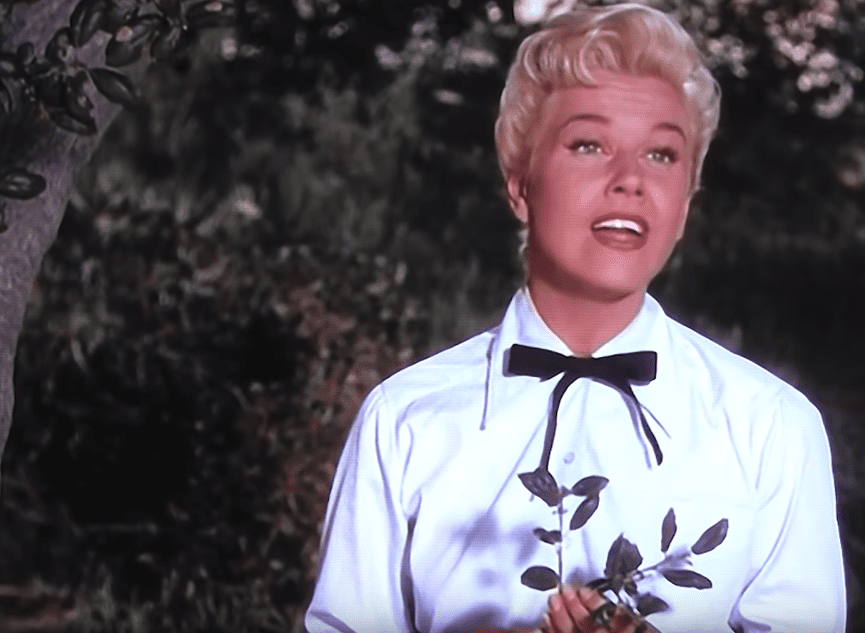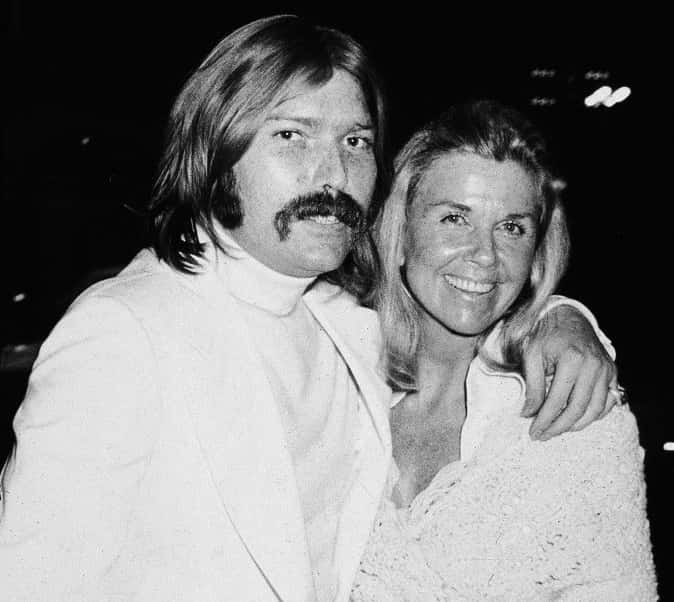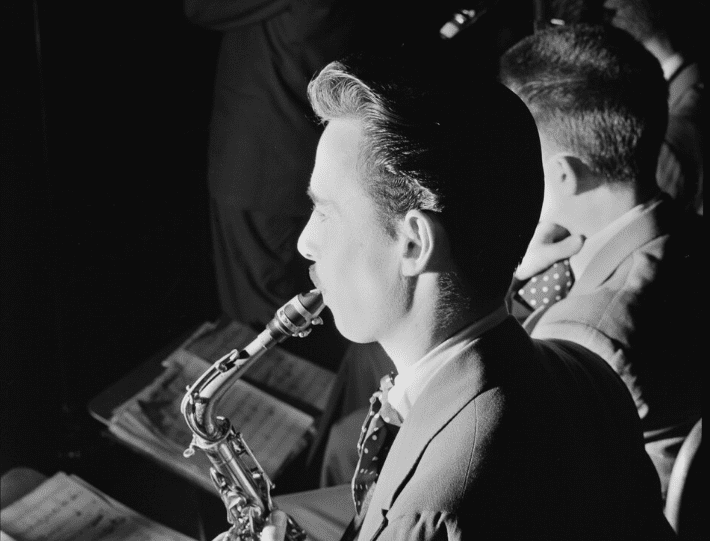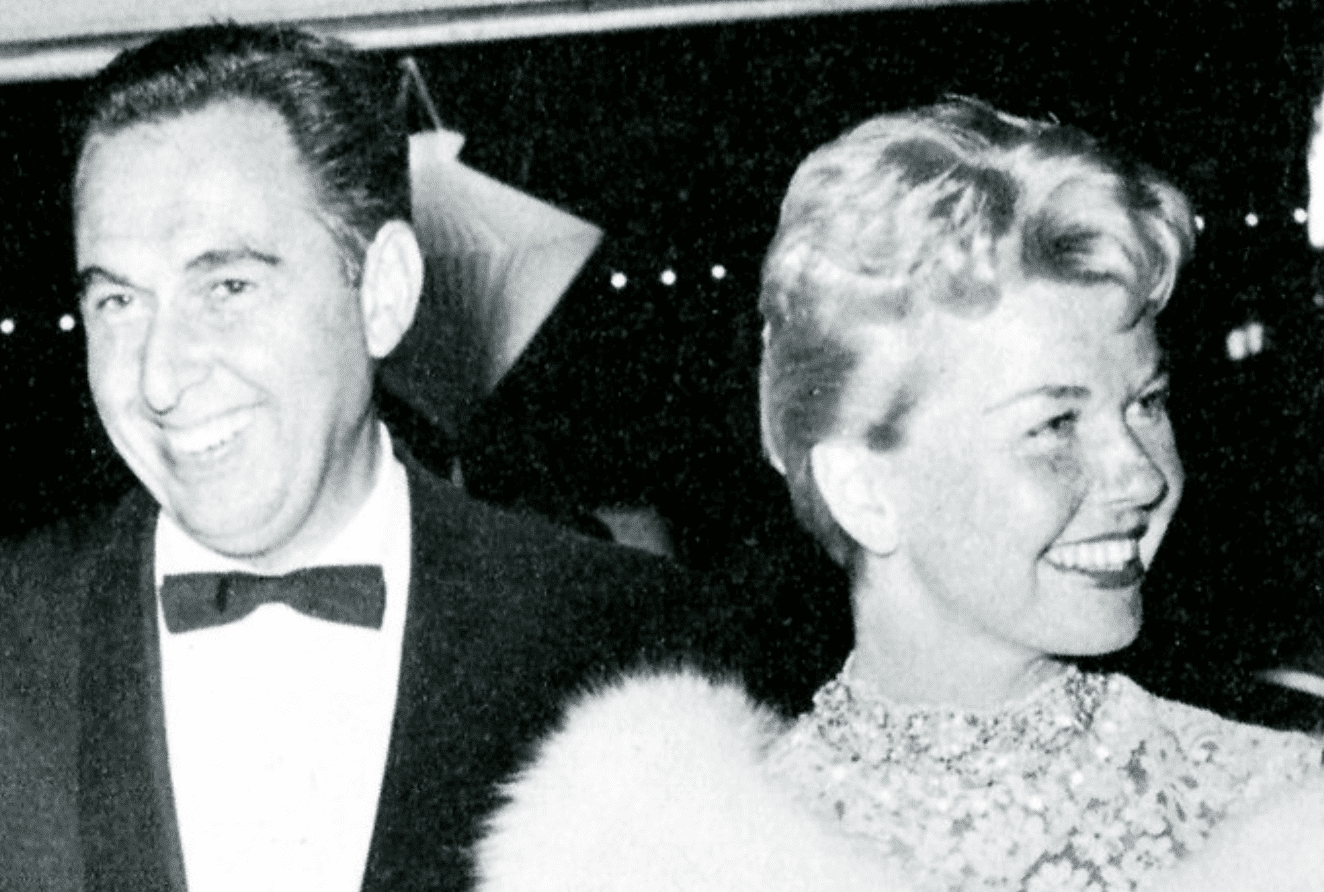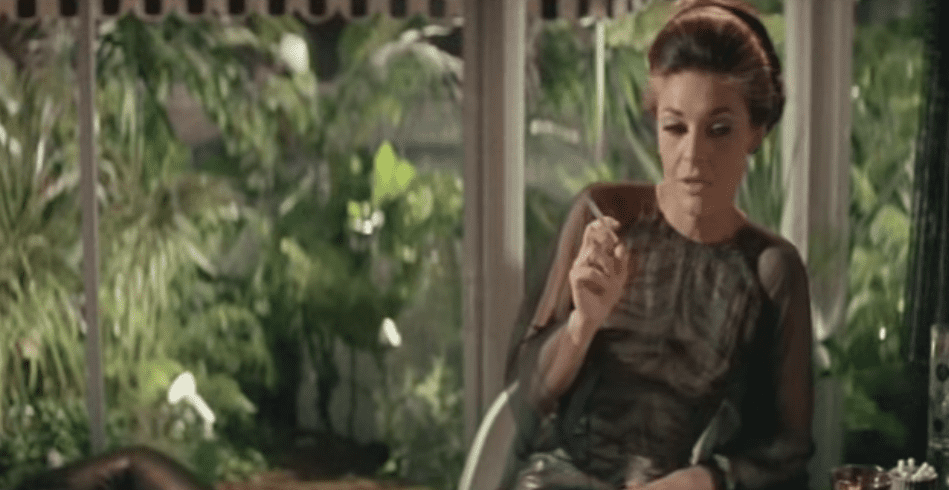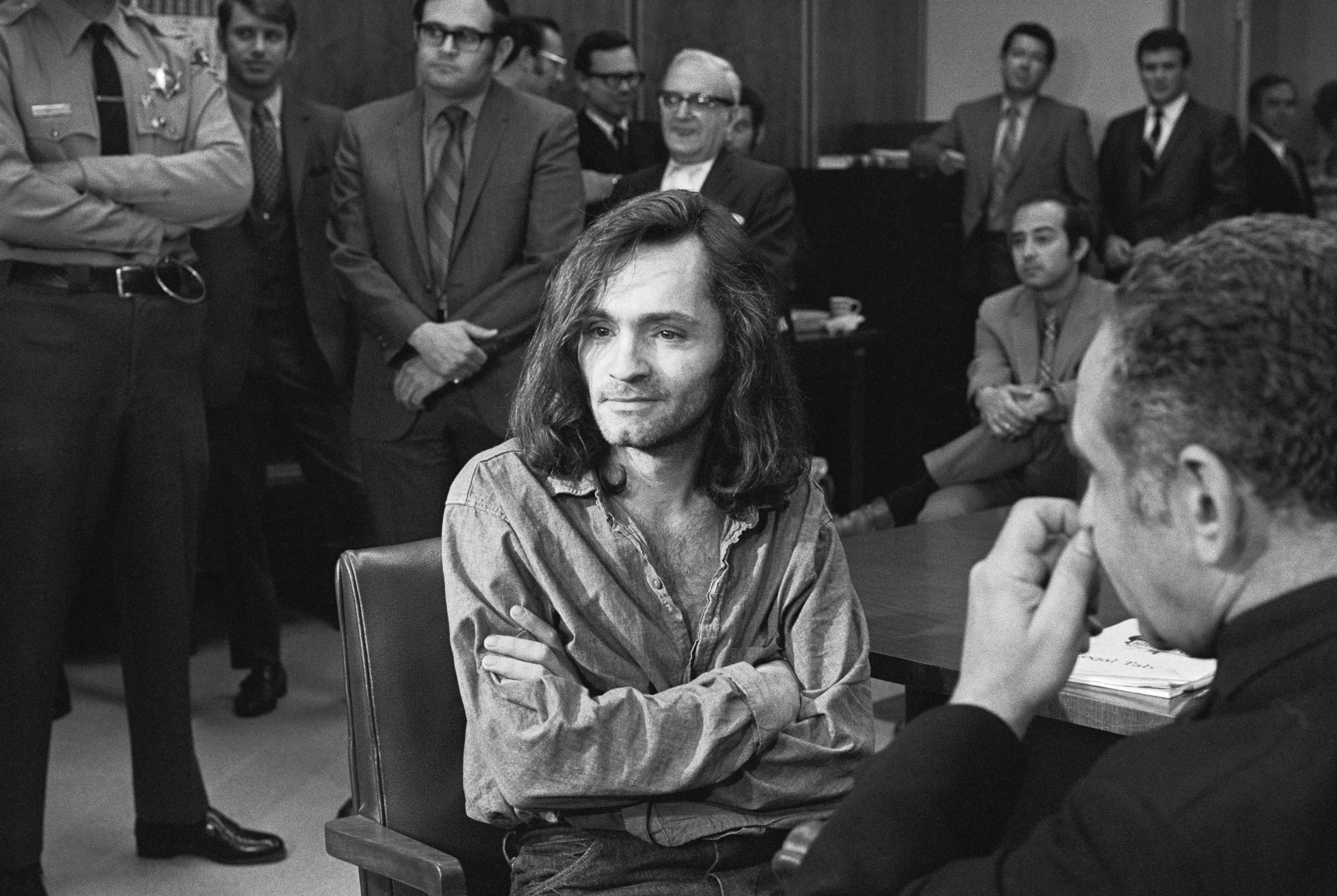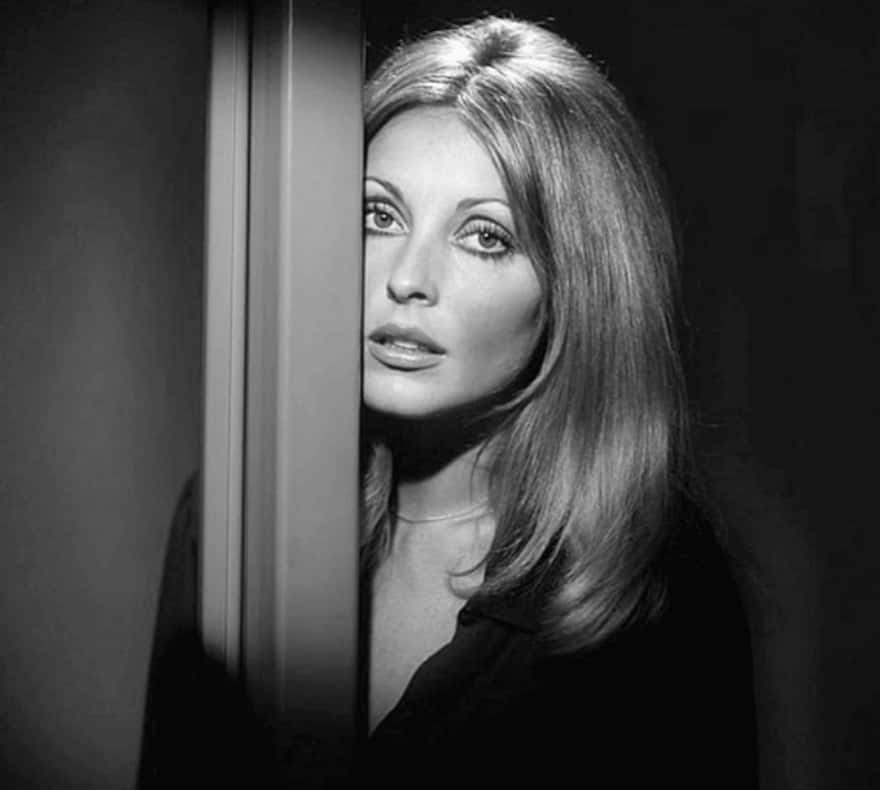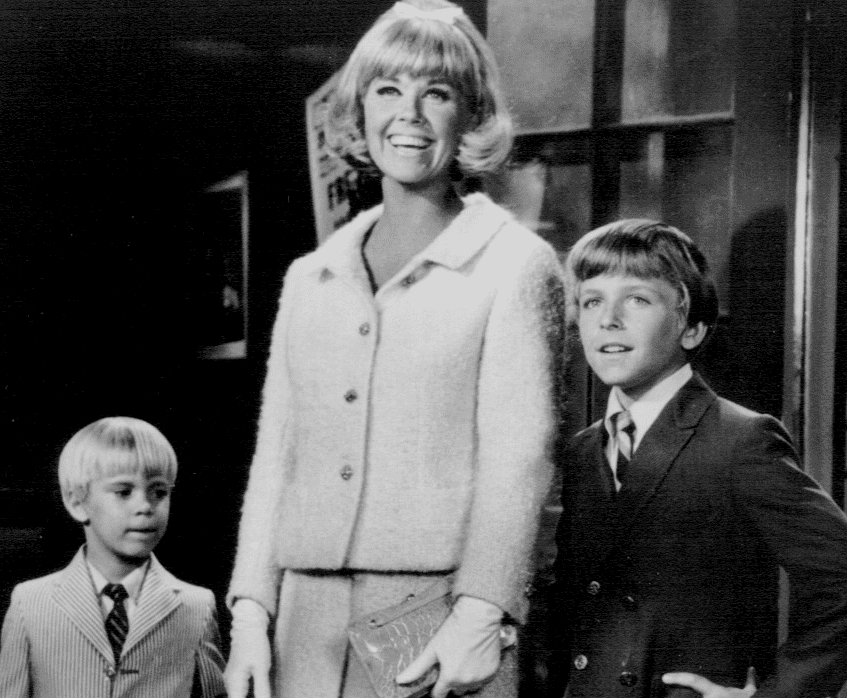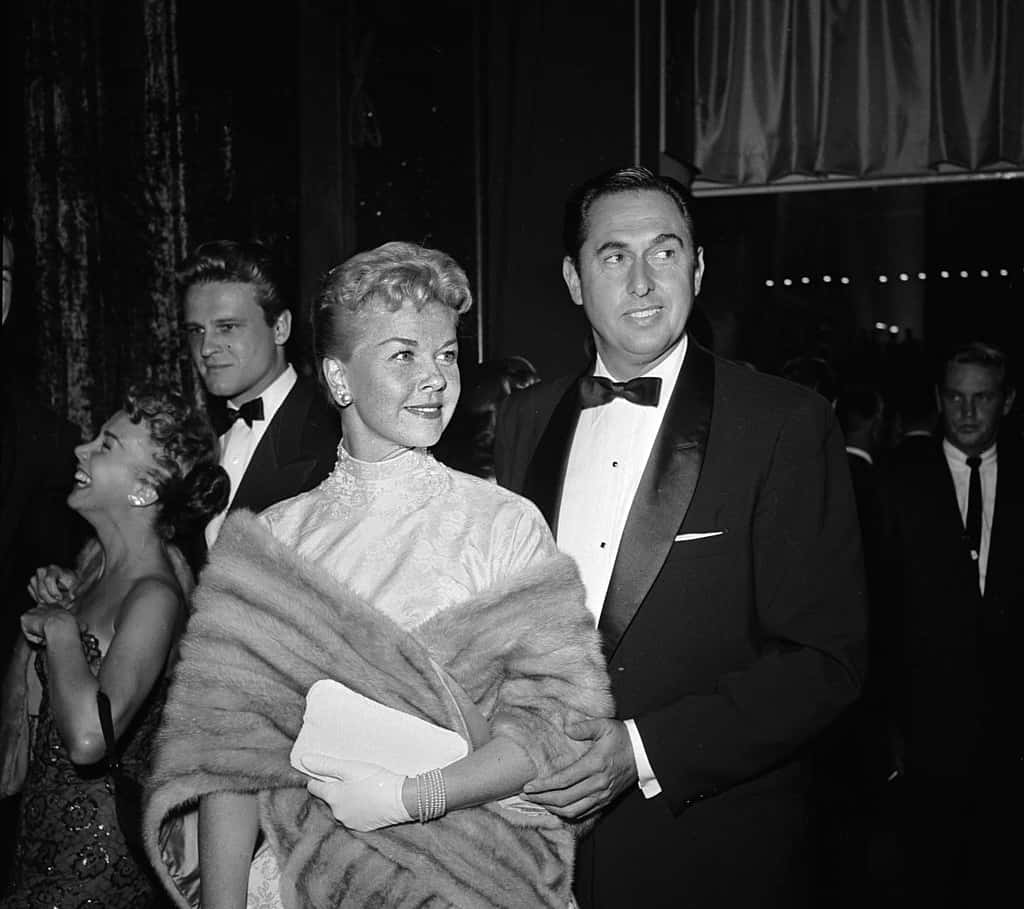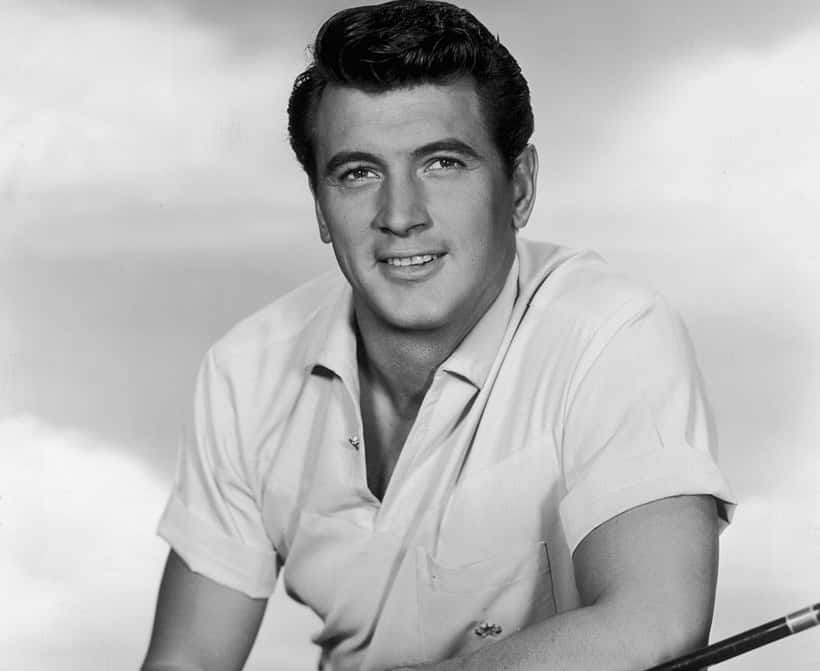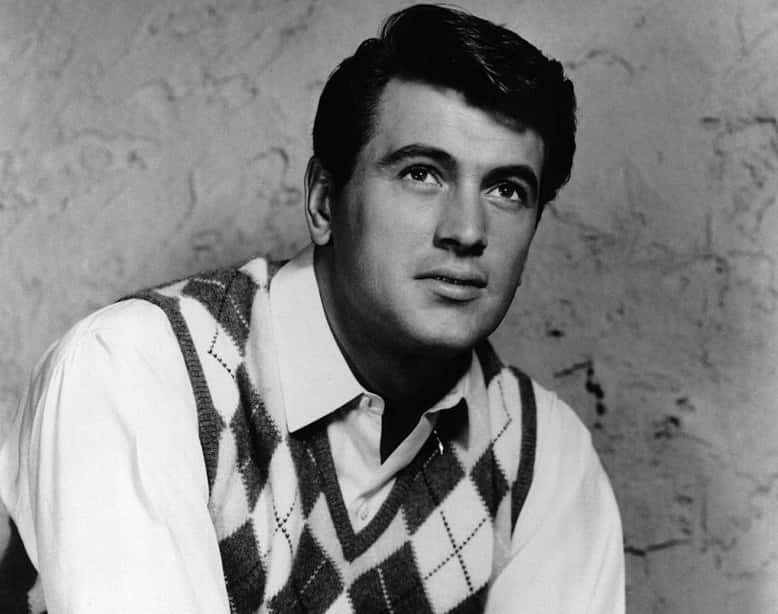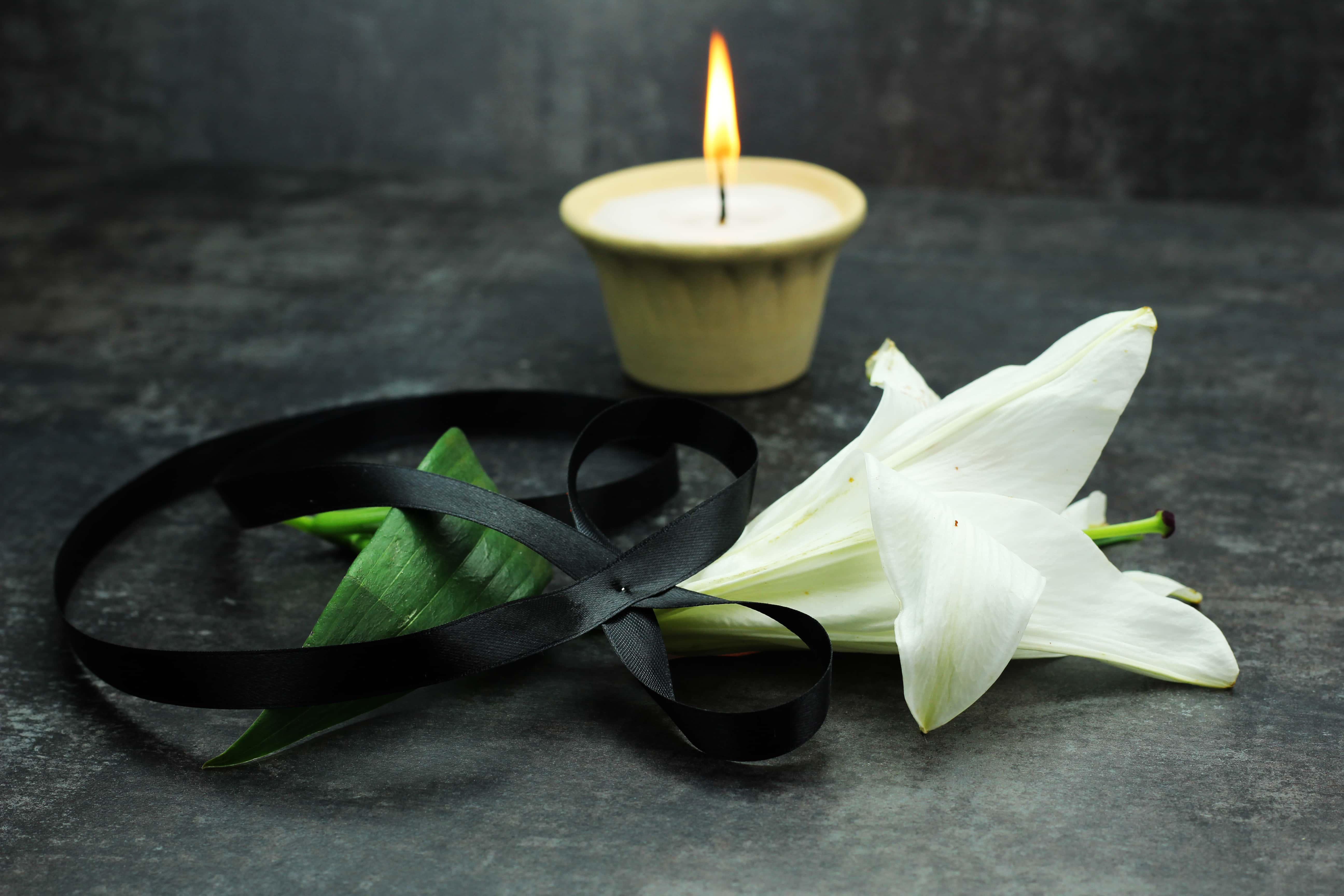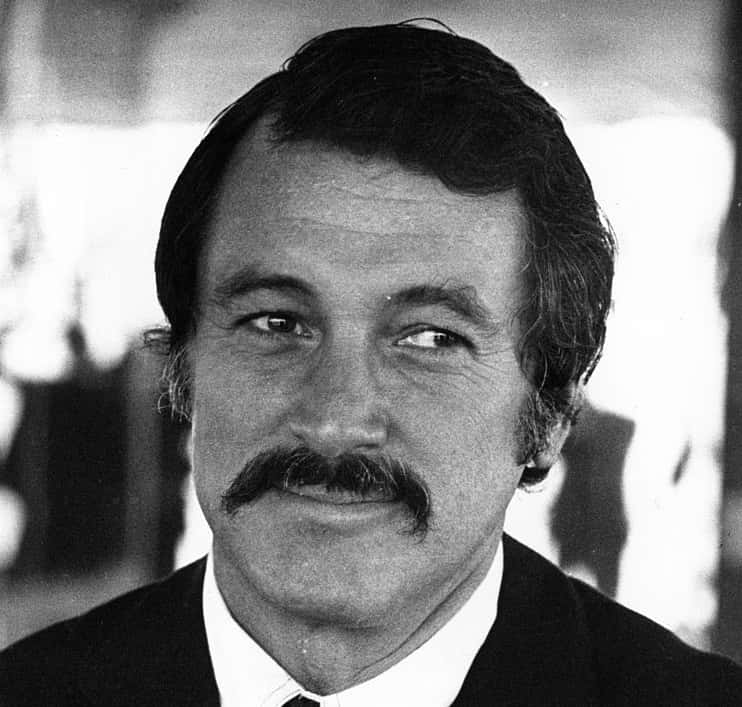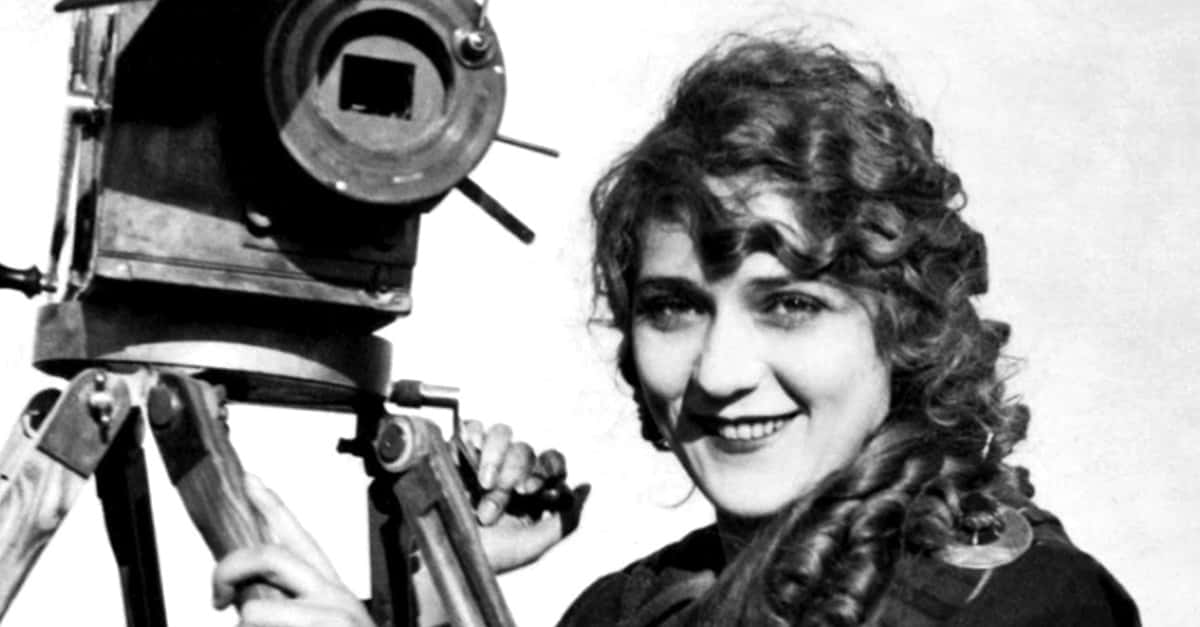In a rapidly changing America, Doris Day straddled the line between sexy and innocent. The dancer-turned-singer-turned-actress starred in the most successful romantic comedies of the 1950s. Behind the scenes, however, Day’s personal relationships were less than fairy tale-friendly (in fact, they were often horror stories…). Say “Que Sera, Sera” to these charming facts about Doris Day.
1. Use It or Lose It
As the Sexual Revolution swept the face of America, Doris Day’s film roles remained unchanged: pure, conservative, and “sweet” characters stayed her forte. For her unwillingness to budge with the times, pundits of the 1960s and 70s snidely dubbed her “The World’s Oldest Virgin.”
2. It Hasn’t Been My Year
She was born “Doris Mary Anne Kappelhoff” to the children of German immigrants on April 3, 1922. For most of her life, however, Day believed herself to be born in 1924. It took a team of journalists to find her real birth certificate with the 1922 birthday. In fact, Day didn’t learn of her own birth year until she was 95!
3. Wandering Notes and Eye
Day’s father was a music teacher and choir master. He also had a penchant for cheating on his wife, which caused her parents to separate when she was very young.
4. Buy Local, Dance Local
Dance was Day’s passion from an early age. When she was young, she and Jerry Doherty performed in a dance duo that worked the local Cincinnati circuit.
5. Break a Leg…Not Literally!
Day’s hopes of a dance career were cut short on October 13, 1937. The 15-year-old Day suffered a car accident, which damaged her right leg. So much for professional dancing…hello, acting?
6. Better off Ella
Her car accident wasn’t all bad. While she lost her dance career, Day spent most of her recovery time listening to music on the radio, singing along, and discovering her new musical talent. She was especially fond of Ella Fitzgerald. To quote Day, “There was a quality to her voice that fascinated me, and I'd sing along with her, trying to catch the subtle ways she shaded her voice, the casual yet clean way she sang the words."
7. Worth the Loss
Day credits her singing teacher, Grace Raine, as the biggest influence on her career and personal style. Yet Day herself made a big impression on Raine. The teacher was so awed by the young singer’s “tremendous potential” that she gave Day thrice-weekly voice lessons for the price of just one.
8. Brevity Is the Soul of Marketability
Why did Doris Day get a stage name? Blame short marquees. Jazz musician Barney Rapp was the one who suggested she change it, because her birth name of “Kappelhoff” was simply too long to fit on those marquees. Officially, Day took her stage name after the song “Day After Day.”
9. War Songs
Day’s first radio hit was also the unofficial World War II anthem. She recorded “Sentimental Journey” with Les Brown & His Band of Renown in 1945, propelling her into fame and associating her voice with the effort to bring troops back home.

Sign up to our newsletter.
History’s most fascinating stories and darkest secrets, delivered to your inbox daily. Making distraction rewarding since 2017.
10. I’m Honestly Under-qualified
Romance on the High Seas (1948) was Doris Day’s film debut. She was initially shocked at getting the role. After all, she had zero acting experience. The director, Michael Curtiz, admitted that’s exactly what he was looking for: an “honest” and “All-American Girl.”
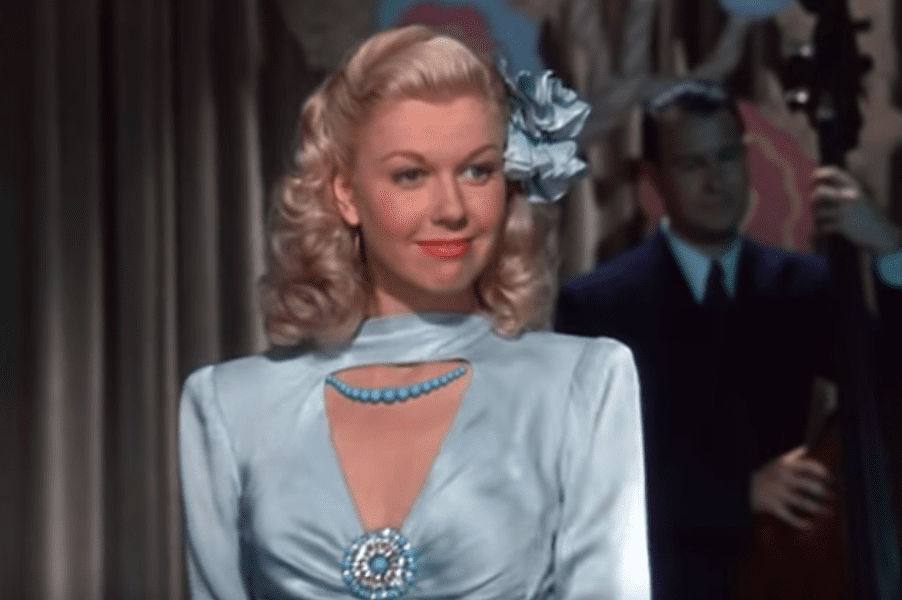 Romance on the High Seas, Warner Bros
Romance on the High Seas, Warner Bros
11. You’ll Always Have Best Song
In 1960, Doris received her first and only nomination for Best Actress at the Academy Awards. She had played the lead role in Pillow Talk (1959), a film about a bachelorette (Day) and a womanizer (Rock Hudson) who share a telephone party line and eventually fall in love. The Oscars, unfortunately, fell a little less in love with Day: she lost to Simone Signoret in Room at the Top.
12. The World Could Always Use More Songs
Day was dubbed the unofficial queen of 1950s romantic comedy. She was a special staple of nostalgic period musicals such as On Moonlight Bay, By the Light of the Silvery Moon, and Tea For Two. However, she also took on a less gender-conventional role in Calamity Jane (1953) as the titular cowgirl. The piece was a response to Annie Get Your Gun.
13. Friend to All Critters
Day was the founder of the Doris Day Pet Foundation (now called the Doris Day Animal Foundation). The non-profit operates under the mission statement, “to help animals and the people who love them.”
14. Man’s Best Friend’s Best Gal
In 2004, US President George W. Bush awarded Day with the Presidential Medal of Freedom in honor of her lifelong work in animal welfare.
15. Commander in Crushes
Doris Day captured the hearts of several US Republican presidents. For one, she dated Ronald Reagan, even acting in movies with the actor-turned-Head-of-State. George H.W. Bush even admitted to having a crush on Day as a young WWII pilot.
16. Just Spay It
In 1995, Day started Spay Day USA, the self-explanatory day where pet-owners are encouraged to spay or neuter their pets, lest we subject them to being on the street or put down.
17. One More Time!
Day is behind two Best Original Song award-winners at the Oscars: “Secret Love” in Calamity Jane (1953) and the legendary “Que Sera, Sera (Whatever Will Be, Will Be)” in The Man Who Knew Too Much (1956).
18. Whatever Will Be, Will Be
“Que Sera, Sera” is arguably Day’s most famous song. It ranks 48th in AFI’s list of the 100 most iconic tunes in American cinema. Perhaps more importantly to Day, it served as the theme song on her sitcom, The Doris Day Show, from 1968 to 1973.
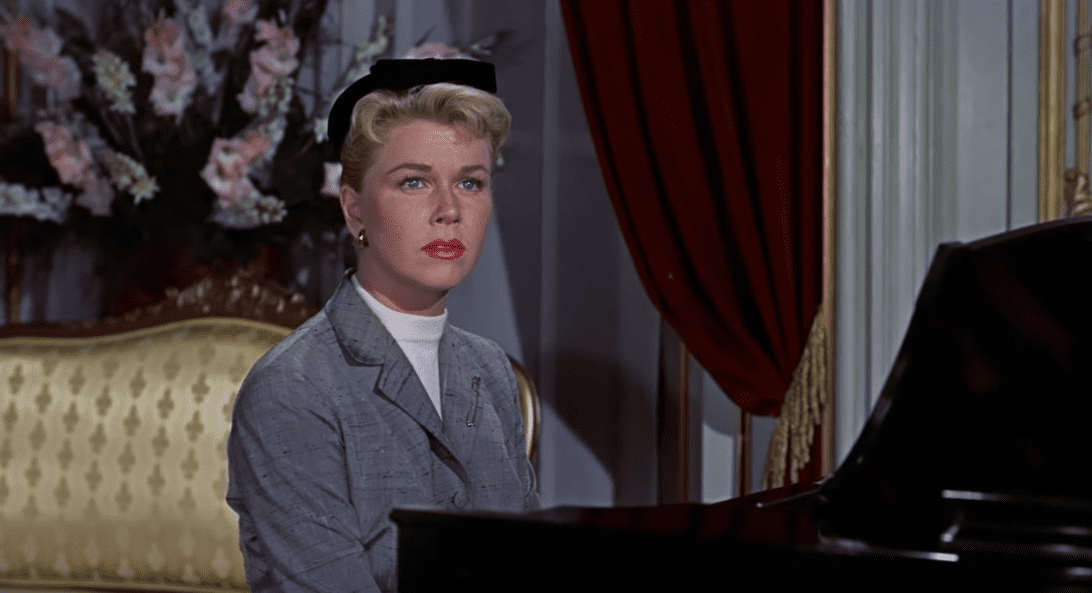 The Man Who Knew Too Much, Paramount Pictures
The Man Who Knew Too Much, Paramount Pictures
19. Every Princess Has a Dark Side
Day’s 1950s film career was also punctuated by darker, more dramatic roles. For one, she played an abused wife of a KKK member in Storm Warning. Most famously, she co-starred with Jimmy Stewart in Alfred Hitchcock’s classic thriller, The Man Who Knew Too Much.
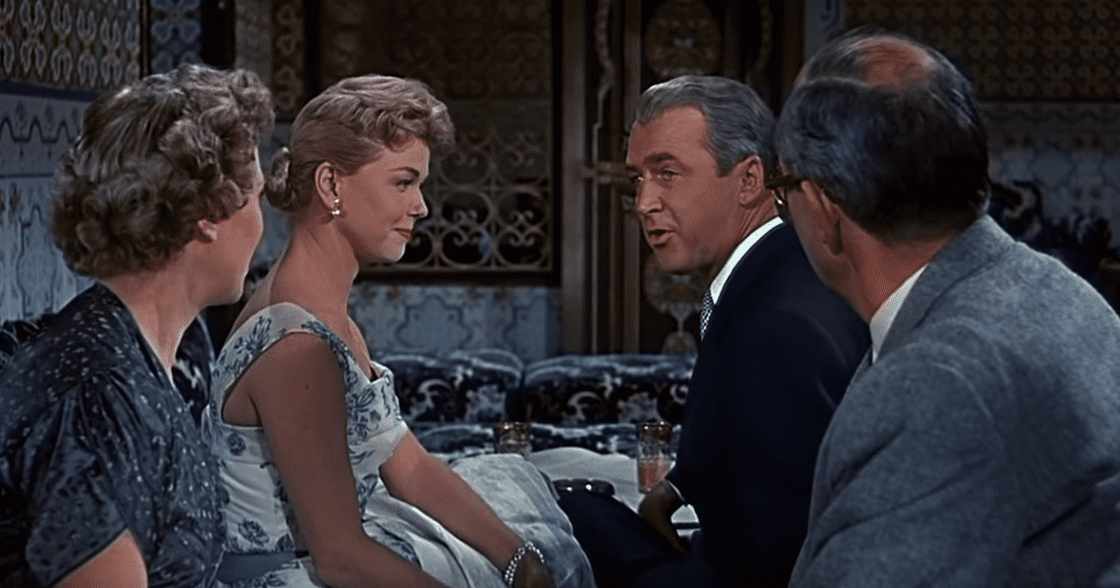 The Man Who Knew Too Much, Paramount Pictures
The Man Who Knew Too Much, Paramount Pictures
20. Give a Giggle Girl a Chance
Producers initially resisted Day’s casting in Hitchcock’s thriller, The Man Who Knew Too Much (1956). Day was mostly known for her songs and rom coms; producers wanted a serious actress like Lana Turner, Kim Novak, or Grace Kelly. Heck, they even asked if Hitchcock would consider a brunette like Jane Russell or Ava Gardner.
However, Hitchcock specifically asked for the blonde comedy star Day to be his lead. He thought her performance in Storm Warning proved that she could hold her own in drama.
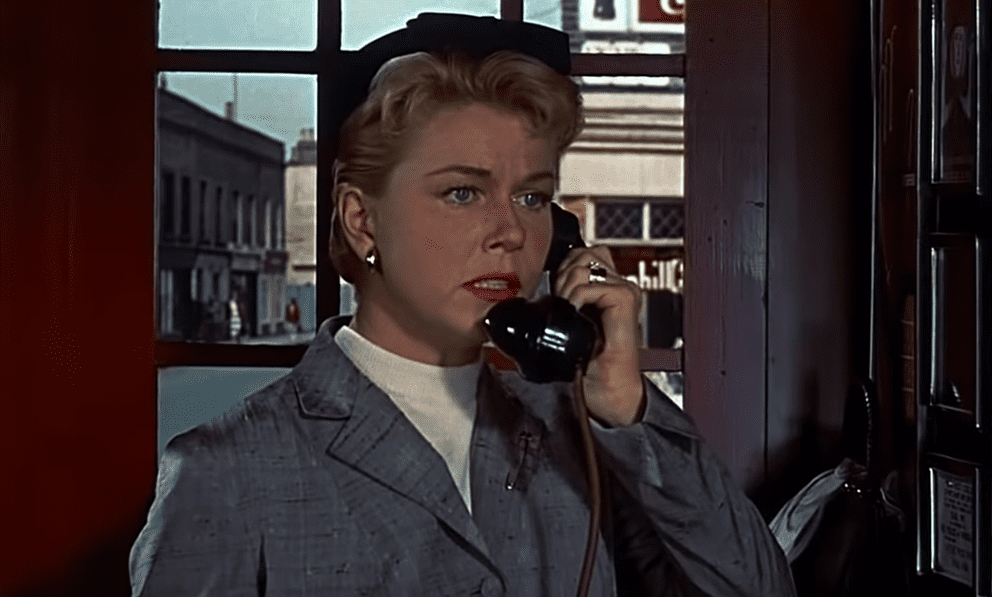 The Man Who Knew Too Much, Paramount Pictures
The Man Who Knew Too Much, Paramount Pictures
21. In the Wings of the Right
For the entirety of her adult life, Day voted right-wing. That is to say, she was a lifelong and staunch Republican.
22. My Only Son
Although she married several times, Day only had one child: Terry Melcher, who grew up to be a music producer and songwriter in his own right. Tragically, she outlived her only son, as Melcher died of melanoma in 2004.
23. A Tiny Bit of Guilt About That
Day’s love for animal rights goes back to her teen years. It allegedly started when she took out her dog, Tiny, for a walk…only for the unleashed Tiny to run into the street and get hit by a car. Wracked with guilt, Day devoted the rest of her life to animal welfare.
24. Furr-Real Problems
Alongside actresses Mary Tyler Moore, Angie Dickinson, and Jayne Meadows, Day starred in a campaign of ads that denounced fur as fashion.
25. Early to Wed, Early to End
Day made her first marriage when she was only a teenager. In March 1941, she wed trombonist Al Jorden, whom she met while touring with Barney Rapp’s Band. Although the marriage produced her only child, Terry, the couple divorced less than two years later.
26. Learned Some Things on the Break
Day’s second husband, saxophonist George William Weidler, introduced her to Christian Science. Of course, this was after they had broken up and briefly reconciled.
27. Third Time Is the Charm
On her 29th birthday, Day made her third and penultimate marriage to Martin Melcher. This marriage appeared to be the happiest, and Melcher even adopted Day’s son, Terry, who took his last name. Their relationship lasted until Melcher’s death in 1968, 17 years into the match.
28. Not Cut out for Broadcast
In 1989, Day took a walk through a hotel garden and cut her leg on a sprinkler. The wound was deep enough to require stitches. Even more unfortunately, the injury forced her to cancel her co-presentation of the Best Original Score Oscar with Patrick Swayze and Marvin Hamlisch.
29. Maybe Some Faith in Medicine Is Okay
For many years, Day and her third husband Martin Melcher never saw a doctor. They were practicing Christian Scientists, so this was against their beliefs. However, Day had a change of faith when she started showing signs of cancer. Finally seeing a doctor, Day’s lump was luckily found to be benign, and she made a full recovery.
30. He’s Got a Bone to Pick With You
A doggy bag brought Day together with her fourth husband, Barry Comden. He was working as a maître d'hôtel in one of Day’s choice eateries. As Day’s love of pups was common knowledge, Comden charmed her by gifting the actress with a bag of scraps and bones as she exited the restaurant. It was truly love at first bite.
31. No Room for a Zoo in a Marriage
Although dog treats brought them together, it was reportedly animals that drove Day and her fourth husband apart. When Day and Comden divorced after just six years of marriage, Comden said that Day’s love for “animal friends” outweighed her love for her final husband.
32. Creature Comforts
While filming Alfred Hitchcock’s The Man Who Knew Too Much, Day fought to give the on-set animals better living conditions. She even fed starving critters nearby the location.
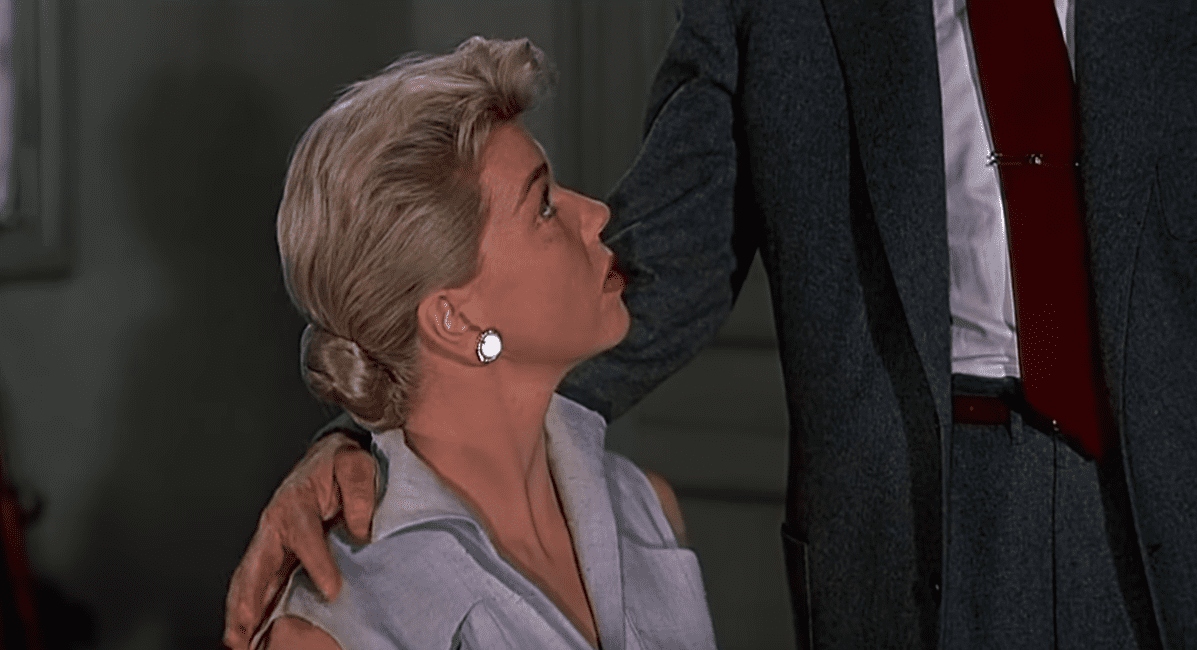 The Man Who Knew Too Much, Paramount Pictures
The Man Who Knew Too Much, Paramount Pictures
33. Angels Never Prosper
Doris Day was initially offered the iconic role of “Mrs. Robinson” in The Graduate. However, the conservative Day rejected the offer with great offense. In her words, the script was “vulgar and offensive.” The job went to Anne Bancroft instead, who went on to be nominated for an Academy Award for the role.
34. Think of the Critters First
Doris Day passed away from pneumonia on May 13, 2019. She was 97 years old. A friend to animals and their foundations to the end, her death statement was made by the Doris Day Animal Foundation. The charity also announced that Day humbly wanted no public funeral, memorial, or even a grave marker.
35. Killer Connection
Doris Day had indirect encounters with Charles Manson through her music producer son, Terry Melcher, when Manson attempted to court Melcher for a record deal. While Melcher brushed off the mediocre Manson’s ambitions, the two stayed in each other’s social orbit. Day was allegedly disapproving of their friendship, and insisted that Melcher and his girlfriend Candice Bergen move out of their Cielo Drive home, where Manson had visited.
36. A Nightmare Made Flesh
Day's advice proved crucial to the safety of her son, but she couldn't save everyone. While Melcher and Bergen were living there, Manson got familiar with the Cielo Drive home and saw it as an indicator of opulent Hollywood living. On August 8, 1969, he directed his murderous followers to attack the residence, even though he likely knew Melcher had now moved.
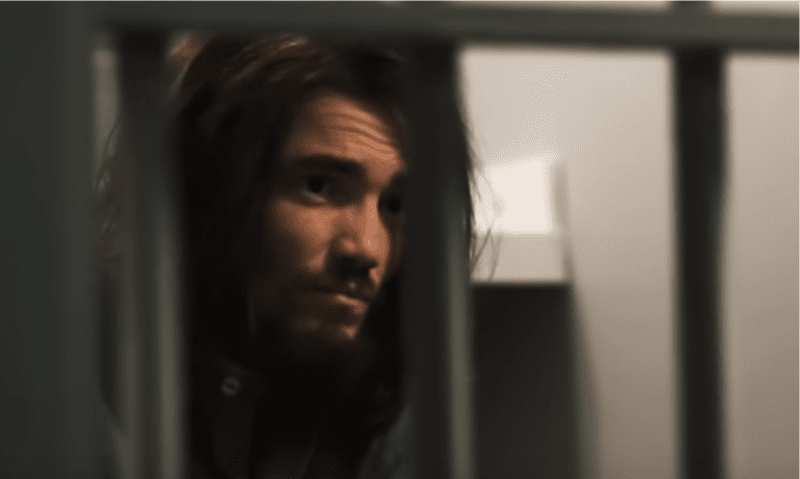 House Of Manson, Gravitas Ventures
House Of Manson, Gravitas Ventures
37. Innocent Victim
As a result, his lackeys did not find Doris Day’s son—but rather Roman Polanski's pregnant wife, Sharon Tate, and her friends. The rest is tragically violent history.
38. Left Holding the Bill
Being a widow is hard enough, but Day got more bad news upon the death of her beloved third husband in 1968. As it turned out, her late hubby and his business partner, Jerome Bernard Rosenthal, had spent all her money. To make matters worse, Melcher had signed up Day for a TV show, The Doris Day Show…a fact she learned after he died. But then it got even worse.
As she said, "It was awful. I was really, really not very well when Marty [Melcher] passed away, and the thought of going into TV was overpowering. But he'd signed me up for a series. And then my son Terry [Melcher] took me walking in Beverly Hills and explained that it wasn't nearly the end of it. I had also been signed up for a bunch of TV specials, all without anyone ever asking me."
39. For Love or Money
The Doris Day Show was a successful sitcom that ran for five years. Though Day didn't want to do it, she desperately needed the earnings after her husband squandered her savings.
40. Real Estate, Real Problems
For Day, the 1980s and 90s were marked by embarrassing and complicated lawsuits. In 1987, her late husband’s business partner named Day as co-defendant in a lawsuit. Nonetheless, she was accused of being an "unwilling, involuntary plaintiff whose consent [could not] be obtained" regarding some real estate matters amounting to $30 million.
41. Too Dead to Be Bad
To her dying breath, Day defended her late third husband from any implication of deliberate wrongdoing in her finances. She believed Melcher had good intentions and “simply trusted the wrong person” in handling their estate. According to Day’s son, his adoptive father’s early death truly saved his mom from complete financial ruin.
Still, we may never know the truth about Martin Melcher's shady dealings.
42. See You Never, Prince Harming
Day’s first marriage to Al Jorden was horrifically abusive. On the second day of their marriage, Jorden struck Day in a jealous rage after she accepted a wedding gift from his colleague. The physical abuse continued into her pregnancy, ending with Day finally kicking him out in 1943. As Day recalled of the relationship, “What had represented to me as love emerged as jealousy — a pathologic jealousy that was destined to make a nightmare out of the next few years of my life.”
43. A Sad End
Jorden took his own life in 1967. Upon learning of his suicide, Day, understandably, was more relieved than saddened.
44. Pillow Talk Lasts Forever
Doris Day was lifelong friends with her Pillow Talk costar, Rock Hudson, and the two even starred in other pictures together. When Hudson became the one of the first major celebrities to be diagnosed with HIV/AIDS—thereby opening the door on his closeted sexuality—Day remained a bastion of emotional and public support.
45. A Friend in Need
At the time of Hudson's illness, Doris was hosting a show called Doris Day’s Best Friends on a Christian network, and Hudson served as the very first guest on her show. He had been keeping his condition a secret from the public and even from Day, so she and the crew were shocked at his gaunt appearance when he arrived on the set. Nonetheless, Hudson insisted on supporting his friend's project.
46. In Heaven Now
It was a difficult recording for everyone on Best Friends that day, but Doris recalled that Hudson used to tell her, “The best time I’ve ever had was making comedies with you," and she felt the same. She said their last goodbye that day was emotional and tear-filled. As she recalled, "We kissed goodbye and he gave me a big hug and he held on to me. I was in tears. That was the last time I saw him—but he’s in heaven now."
47. Goodbye, Sweet Friend
The recording of the show aired in October 1985, just days after Hudson died from AIDS-related issues. It received worldwide attention, and brought the previously hush-hush condition to the public stage.
Sources: 1, 2, 3, 4, 5, 6, 7, 8, 9, 10, 11, 12, 13, 14, 15, 16


